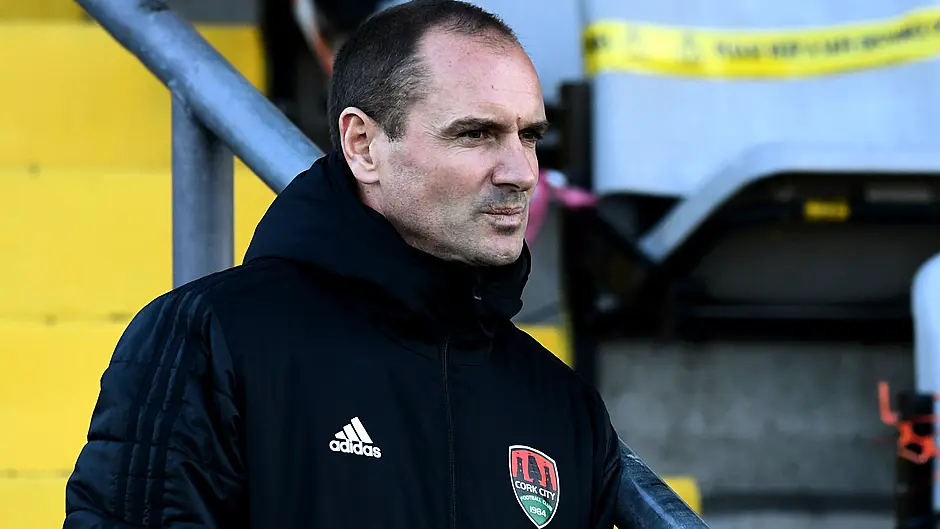THURSDAY, October 29th, marks the ninth anniversary of an event that quite a few Cork City fans would cite as their most memorable supporting the club.
While both City and Shelbourne had secured promotion from the first division of the League of Ireland prior to the clubs’ meeting at Tolka Park in 2011, the opportunity to go up as champions lent a cup-final air to proceedings.
City had gone ahead early on but Shels equalised and, with time running out, it looked as if the game was heading for the draw that would ensure the home side finished top with City second.
That was until injury time, when City mounted one last attack. Derek O’Brien crossed from the left and Graham Cummins rose to head home. The sizeable City contingent in the Riverside Stand went wild – their club, which they had salvaged from the ashes to run as a fan-owned entity – was headed back to the Premier Division.
The hope as supporters left Drumcondra that night would have been that City could compete back in the top flight, albeit with the knowledge that operating as a members’ club presented certain financial limitations.
That City, after John Caulfield’s appointment, would go on to finish second to a superb Dundalk team for three consecutive years and win the FAI Cup in 2016, before then achieving a domestic league and cup double in 2017, was probably more than anybody expected in such a short space of time.
However, just as such a rise was probably quicker than anticipated, the fall has been twice as fast and even bigger. Defeat to Sligo Rovers on Saturday evening, followed by Finn Harps’ win away to Bohemians later that night, condemned City to relegation with a game left to play and 2021 will see them back in the first division that they thought they had left behind for good in 2011.
The fragmented and compacted nature of the 2020 season was a factor in City never really getting going – as things stand, 17 league games have yielded two wins and four draws with 11 defeats, scoring nine goals and conceding 20 more than that. However, in reality it was a relegation two years in the making as 2019 was a near-miss. At the time, you promise such a thing will never happen again but in reality it was a portent of what was to come.
The main driver of the 2017 double was Seán Maguire and City have never been able to replace him. Not that that is a disgrace in itself, but the players tried out at centre-forward weren’t anywhere near the standard required.
Having scored 67 goals and conceded 23 in 2017, City actually scored more as they finished second in 2018, netting 71 and conceding 27, but the primary attacking exponents, Kieran Sadlier and Graham Cummins, had left and fallen out of favour respectively by the start of 2019.
By the time John Caulfield left in May of that year, City had won just three of 14 games and there was no huge upturn when his assistant John Cotter took over as interim manager. Neale Fenn’s appointment that August looked to be a positive move for the longer term but even then City failed to win his first six games in charge.
Ultimately, they finished eighth, soring 29 goals and letting in 49 in 36 games and if the current tallies were extrapolated to 34 matches, they would be 18 goals for and 58 against. The trend has been unrelentingly downward.
Colin Healy, appointed for the rest of the season after Fenn’s departure, would be a good choice as permanent boss, not least because he has been in charge of the U19 side and would be able to oversee the emergence of younger players into the squad.
Even so, it’s a cliché to say that City can use the first division to regroup – the pressure to get promoted will be enormous and they will be the team that everybody else wants to beat.










